Irish soda bread scones bring together the heartiness of traditional soda bread and the tender crumb of a scone. These rustic treats are perfect for breakfast, afternoon tea, or a cozy snack on chilly days. You’ll love how easy they are to make with pantry staples and how quickly they disappear!
What Are Irish Soda Bread Scones?
The Origins of Irish Soda Bread
Irish soda bread has been a staple in Irish kitchens since the 1800s, known for its simplicity and reliance on baking soda instead of yeast. Traditionally made with just flour, baking soda, salt, and buttermilk, it was a practical solution for home bakers in rural Ireland who lacked access to yeast. These loaves are typically round with a cross scored on top believed to ward off evil spirits and help the bread bake evenly.
From Bread to Scones: A Tasty Evolution
So what happens when you shrink down Irish soda bread into hand-held portions and add a touch of sweetness? You get scones that are moist, crumbly, and totally crave-worthy. These scones borrow the leavening magic of soda bread, but are enriched with sugar, butter, orange zest, and raisins bringing just the right blend of tangy and sweet to your table. For similar rustic recipes, check out our custard-style bakes.
How to Make the Best Irish Soda Bread Scones
Essential Ingredients for Flavor and Texture
To create that signature balance of hearty and tender, here’s what you’ll need:
| Ingredient | Purpose |
| All-purpose flour | Base structure |
| Baking powder & soda | Double-action rise, for fluffy height |
| Sugar | Just enough sweetness to balance the tang |
| Salt | Flavor enhancer |
| Cold butter | Creates flaky pockets (don’t skip the chill!) |
| Raisins | A classic add-in for subtle chew and sweetness |
| Orange zest | Brightens up each bite with citrusy freshness |
| Buttermilk | Activates baking soda and adds rich tang |
| Vanilla extract | Adds warmth and depth |
The butter should be cold, straight from the fridge. This is non-negotiable. When it melts during baking, it releases steam, creating a tender, flaky texture that’s downright irresistible.
Pro Tips for Scone Success
- Don’t overmix. Once you add the buttermilk, stir just until combined. Overworking the dough develops gluten and makes scones tough.
- Cut in butter properly. Use a pastry cutter or two knives to break the butter into pea-sized chunks. Visible pieces = flakier scones.
- Shaggy dough is good. The dough should look a little messy this keeps it light.
- Score the tops. Cutting an “X” on top helps the scones bake evenly and nods to Irish tradition.
- Use buttermilk glaze. Brushing with buttermilk and a sprinkle of sugar gives a crisp, golden crust with a hint of sparkle.
Need more baking tips for delicate textures? Check out our sourdough doughnut guide!
These tips ensure your scones rise tall, stay moist, and develop that irresistible rustic crumb.
Step-by-Step Recipe for Irish Soda Bread Scones
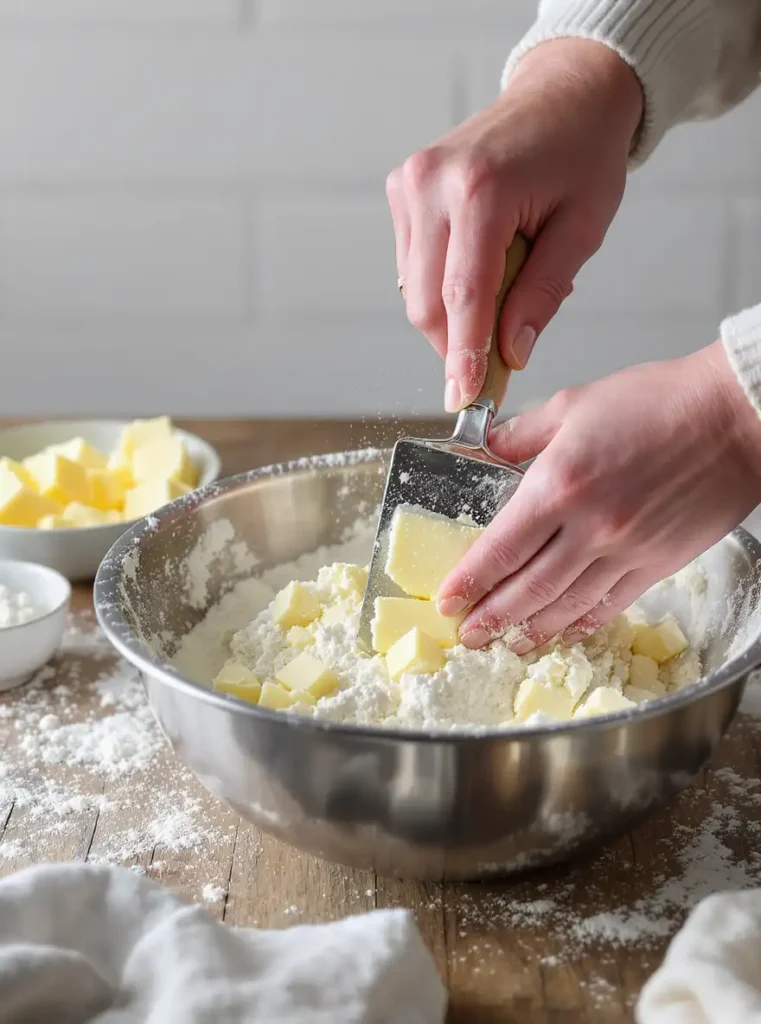
Easy Directions for Homemade Comfort
Making Irish soda bread scones at home is surprisingly simple. With just a few basic steps, you’ll have warm, crumbly scones fresh from the oven.
Ingredients You’ll Need
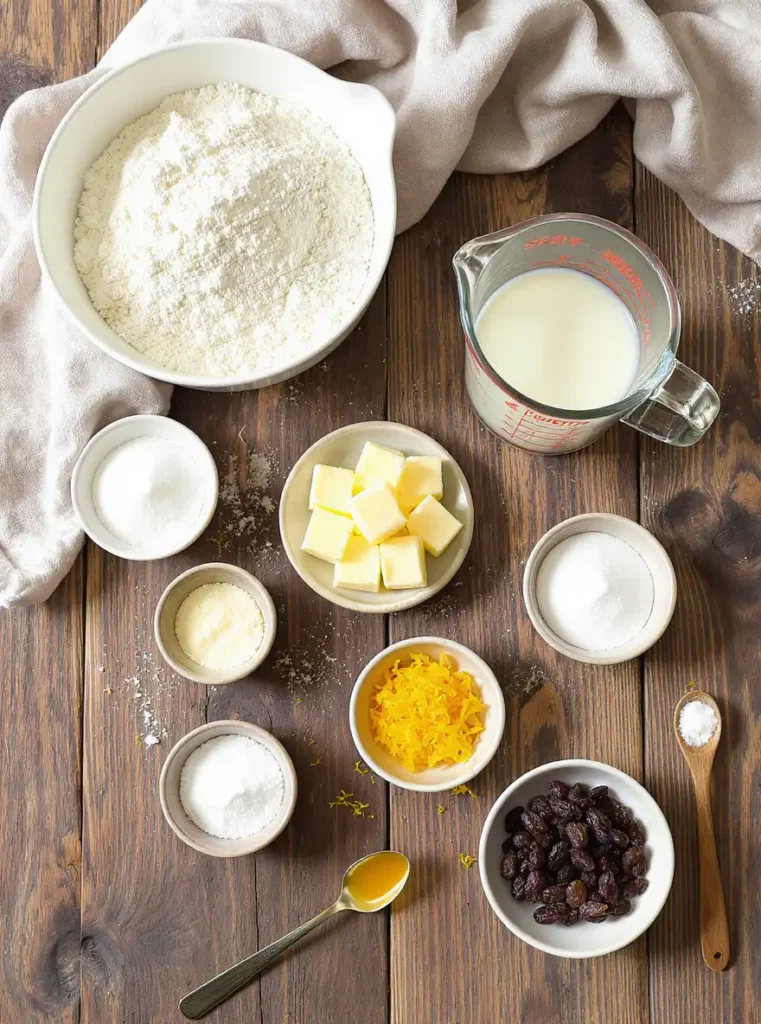
- 2 cups all-purpose flour
- 2 teaspoons baking powder
- 1/4 teaspoon baking soda
- 5 tablespoons sugar
- 1/2 teaspoon salt
- 1 stick cold butter (cut into cubes)
- 1/2 cup raisins
- 1 teaspoon orange zest
- 1 cup buttermilk, plus 1 tablespoon (divided)
- 1 teaspoon vanilla extract
Instructions
- Preheat your oven to 425°F. Line a baking sheet with parchment paper.
- Mix dry ingredients. In a large mixing bowl, whisk together flour, baking powder, baking soda, sugar, orange zest, and salt.
- Cut in the butter. Using a pastry blender or two knives, cut in cold butter until the mixture resembles coarse crumbs. This step creates the signature flakiness of soda bread scones.
- Add liquids. Stir in 1 cup of buttermilk and vanilla extract just until moistened. Don’t overmix!
- Fold in raisins. These add natural sweetness and chewy texture to every bite of your Irish soda bread scones.
- Form the dough. Turn out onto a lightly floured surface. Knead gently 5 to 10 times until a shaggy dough forms.
- Portion and score. Using a 1/3 cup scoop, form dough mounds and place them 2 inches apart on the baking sheet. Score a small “X” on each for that traditional Irish touch.
- Brush and bake. Brush with remaining buttermilk and sprinkle a bit of sugar over the tops. Bake 15–20 minutes or until golden brown.
- Cool and serve. Transfer to a wire rack and let your soda bread scones cool slightly before serving.
Craving easy fruit-filled treats? Our vegan raspberry tart is another must-try.
One Helpful Hack
Pro Tip: Chill your mixing bowl and pastry blender before cutting in the butter. This keeps the fat solid longer, producing fluffier, bakery-style scones.
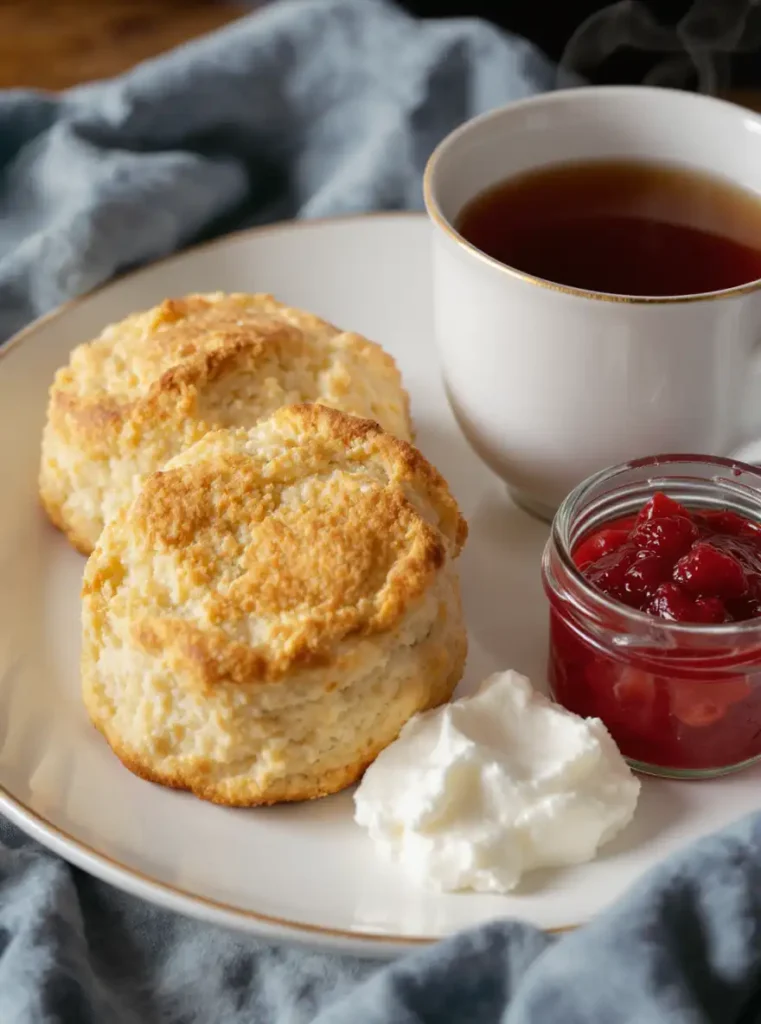
How to Serve and Store Irish Soda Bread Scones
Best Ways to Enjoy These Rustic Scones
There’s nothing quite like biting into warm Irish soda bread scones fresh from the oven. These scones are incredibly versatile, pairing beautifully with both sweet and savory toppings. Here are a few favorite serving ideas:
- Classic & simple: Serve with butter and a drizzle of honey or jam.
- Cream tea style: Add clotted cream and marmalade for a traditional Irish-British blend.
- Savory snack: Pair with sharp cheddar or Irish farmhouse cheese for a delicious contrast.
- Holiday brunch: These soda bread-style scones shine on a St. Patrick’s Day brunch board with smoked salmon, eggs, and fruit.
They’re also perfect with a piping hot cup of Irish breakfast tea or a strong black coffee.
How to Store and Reheat for Freshness
Proper storage makes a big difference in keeping your soda bread scones moist and flavorful:
- At room temperature: Keep in an airtight container for up to 2 days.
- Refrigerated: Store in the fridge up to 5 days, reheating in a 300°F oven for 5 minutes to refresh texture.
- Freezing option: Freeze fully cooled scones in a zip-top bag for up to 2 months. Reheat directly from frozen for 8–10 minutes at 325°F.
Avoid microwaving while convenient, it can make your Irish scones tough and rubbery.
Irish Soda Bread Scones
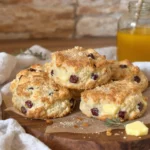
Rustic handheld scones that combine the hearty texture of traditional Irish soda bread with a tender, slightly sweet crumb perfect for breakfast, tea, or a cozy snack.
- Baking Sheet
- Pastry Cutter
- 2 cups all-purpose flour
- 2 teaspoons baking powder
- 1/4 teaspoon baking soda
- 5 tablespoons granulated sugar
- 1/2 teaspoon salt
- 1 stick cold butter (cut into cubes)
- 1/2 cup raisins
- 1 teaspoon orange zest
- 1 cup buttermilk (plus 1 tbsp for brushing)
- 1 teaspoon vanilla extract
- Preheat oven to 425°F. Line a baking sheet with parchment paper.
- In a large bowl, whisk together flour, baking powder, baking soda, sugar, orange zest, and salt.
- Cut in cold butter using a pastry cutter or two knives until mixture resembles coarse crumbs.
- Stir in buttermilk and vanilla just until moistened (do not overmix).
- Fold in raisins.
- Turn dough onto floured surface and knead gently 5–10 times until shaggy dough forms.
- Use a 1/3‑cup scoop to portion mounds onto baking sheet, score an “X” on top of each.
- Brush tops with remaining buttermilk and sprinkle with sugar. Bake 15–20 minutes until golden.
- Cool slightly on a wire rack before serving.
For flakier scones, chill your bowl and tools. Serve warm with butter, jam, clotted cream, or Irish cheddar. Store airtight at room temperature up to 2 days, refrigerate up to 5 days, or freeze for up to 2 months.
FAQs
Is Irish soda bread the same as a scone?
Not exactly. Irish soda bread is a rustic, round loaf made with baking soda as the leavening agent. Irish soda bread scones, on the other hand, are individual portions inspired by that bread but enriched with butter, sugar, and sometimes fruit or zest. The texture is lighter, and they’re meant to be enjoyed more like a biscuit or pastry.
What is the difference between Irish scones and American scones?
Irish scones are typically less sweet and more bread-like than their American counterparts. They also tend to include buttermilk and fewer mix-ins. Irish soda bread scones fall somewhere in between: slightly sweet, tender, and featuring old-world ingredients like raisins and orange zest.
What is the secret to making good scones?
Cold butter and minimal handling. To make perfect Irish soda bread scones, always start with chilled butter, mix the dough just until combined, and avoid over-kneading. These steps keep the scones tender and flaky.
What is the Irish name for soda bread?
In Irish Gaelic, soda bread is known as “arán sóide.” While the scone form doesn’t have a traditional Gaelic name, soda bread scones carry the same cultural roots and ingredients in a modern, handheld form.
How do the Irish pronounce scone?
In Ireland, “scone” is often pronounced to rhyme with “gone.” But pronunciation can vary by region. No matter how you say it, these Irish soda bread scones taste terrific.
Are scones better for you than muffins?
It depends on the recipe, but scones usually have less sugar than muffins. Irish soda bread scones in particular skip the heavy oils and keep things simple, often making them a lighter choice especially when eaten plain or with fruit.
It depends on the recipe, but scones usually have less sugar than muffins. Irish soda bread scones in particular skip the heavy oils and keep things simple, often making them a lighter choice especially when eaten plain or with fruit.
Whether you’re celebrating St. Patrick’s Day or simply craving something cozy, Irish soda bread scones are a delightful way to bring tradition and flavor to your table. With their rustic charm, tender crumb, and easy prep, these scones are a recipe you’ll turn to again and again.
From the bold orange zest to the warm chew of raisins, every bite captures a bit of heritage and makes the perfect partner to your morning coffee or afternoon tea.
Looking for more cozy baking inspiration? Be sure to check out The Scone Blog’s easy scone recipes for even more ideas to try.
Happy baking and may your scones rise as beautifully as your spirit!

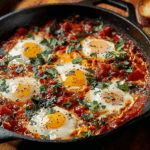




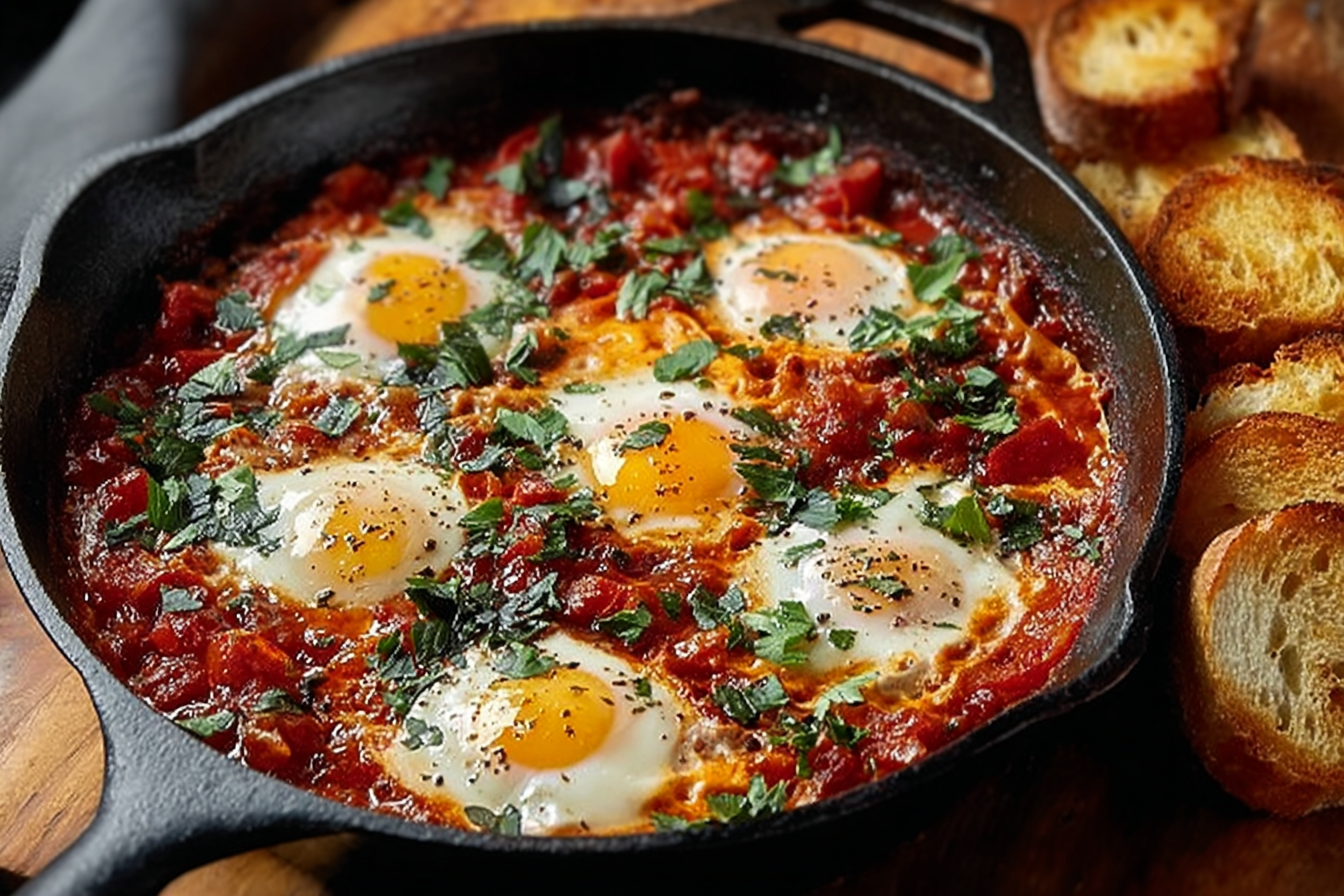
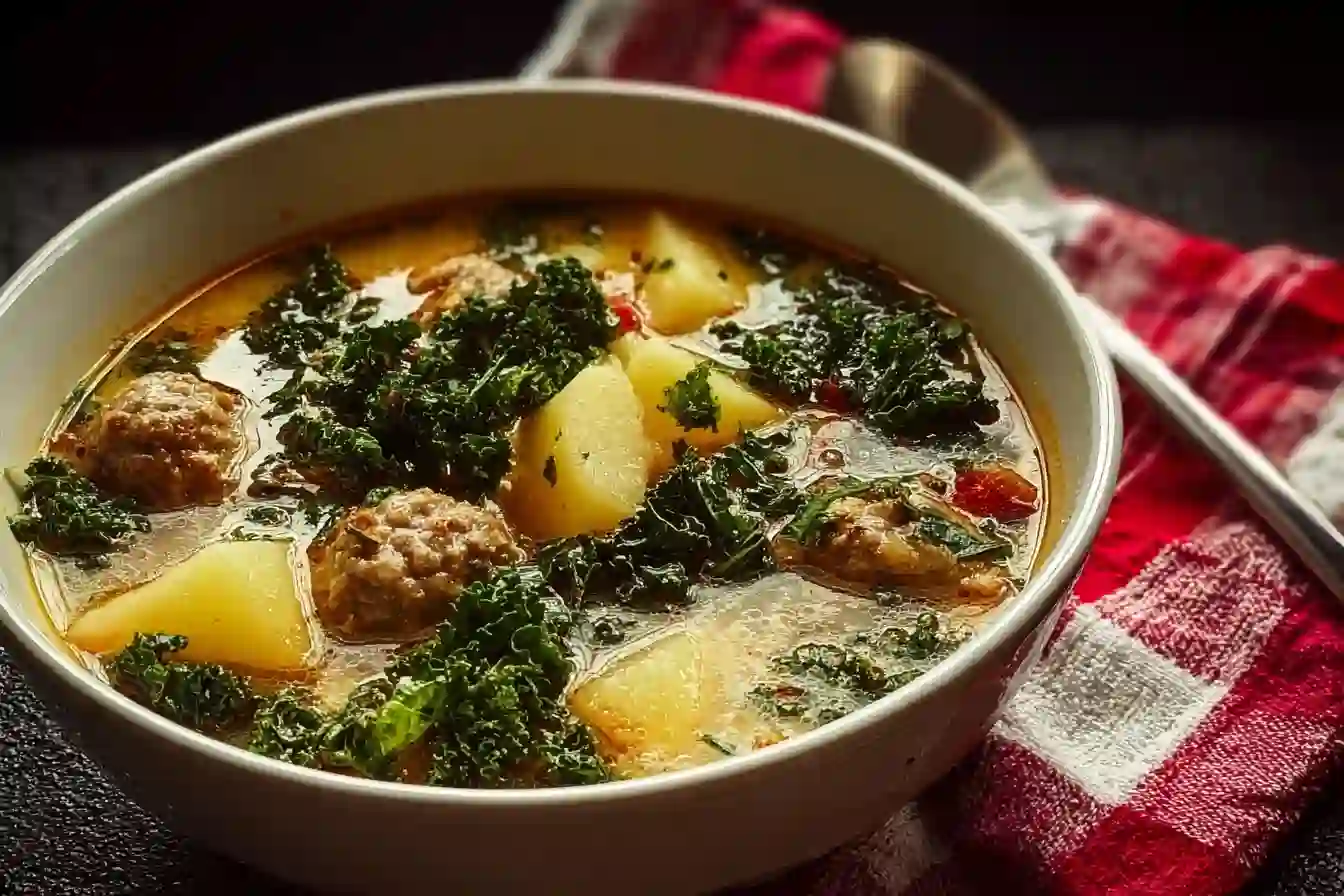
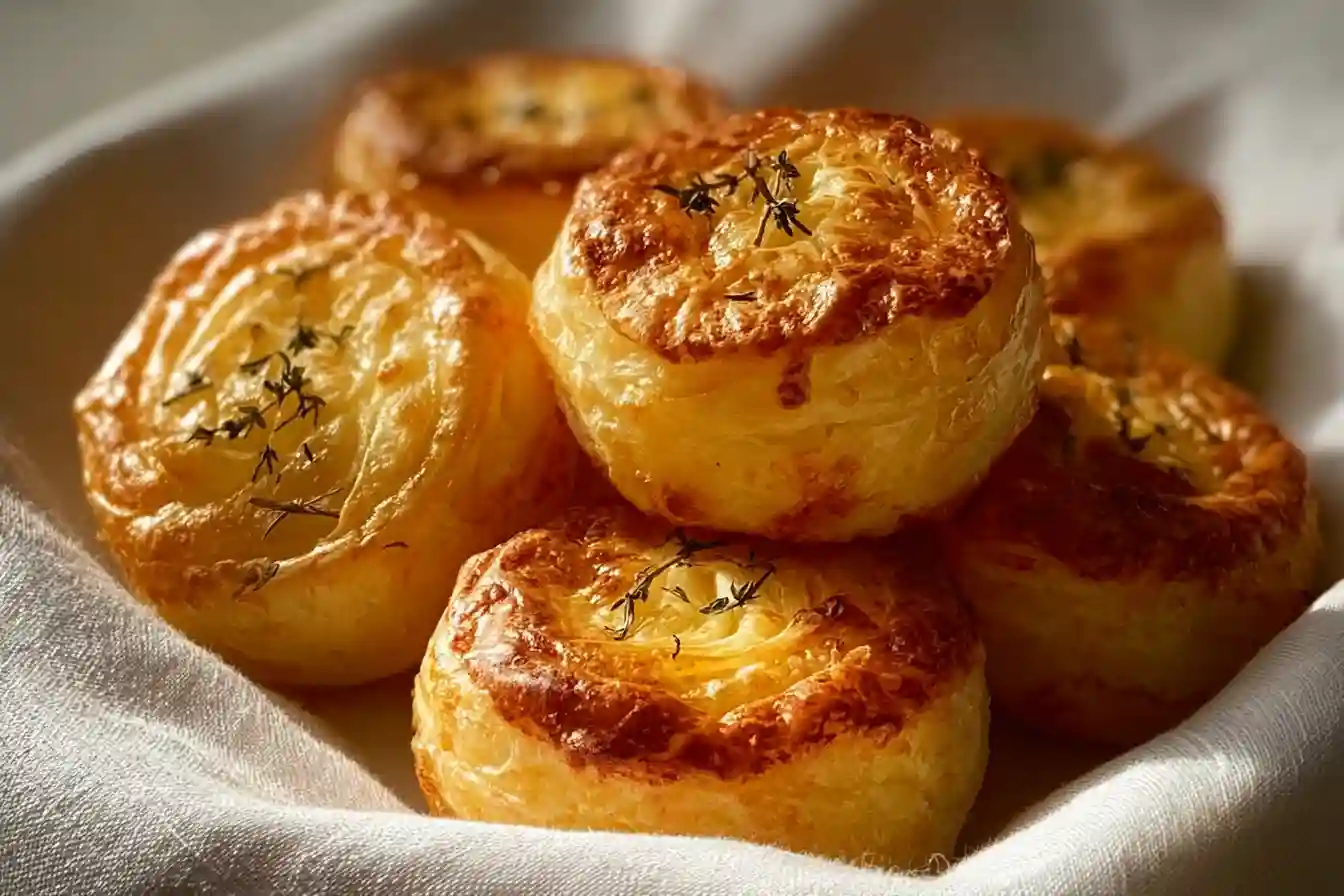
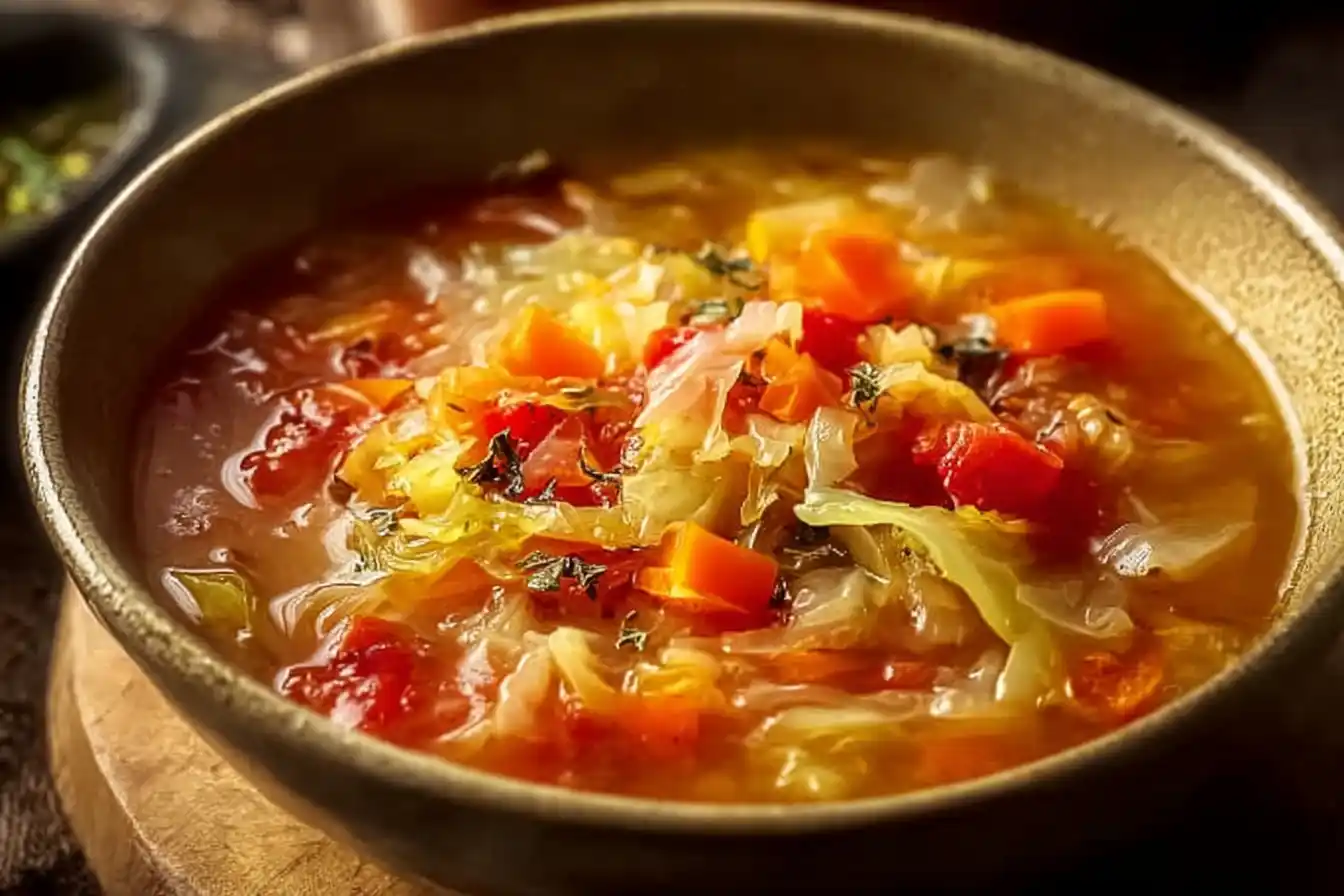
3 responses to “Irish Soda Bread Scones: A Delicious Twist on a Classic”
[…] them with our Irish Soda Bread Scones for the ultimate tea party […]
[…] a deeper, more nuanced flavor without losing the ease of quick bread. If you’re looking for another twist on soda bread, try our Irish soda bread scones for a tender, bite-sized […]
[…] Irish soda bread is a humble staple that carries generations of heritage. But guess what? You can make it gluten-free and it’ll still have that crisp crust and tender crumb everyone loves. Whether you’ve been gluten-free for years or just starting out, this recipe delivers nostalgic satisfaction without the wheat.old-world baked goods, you’ll also enjoy these similar recipes like our fluffy Irish soda bread scones […]